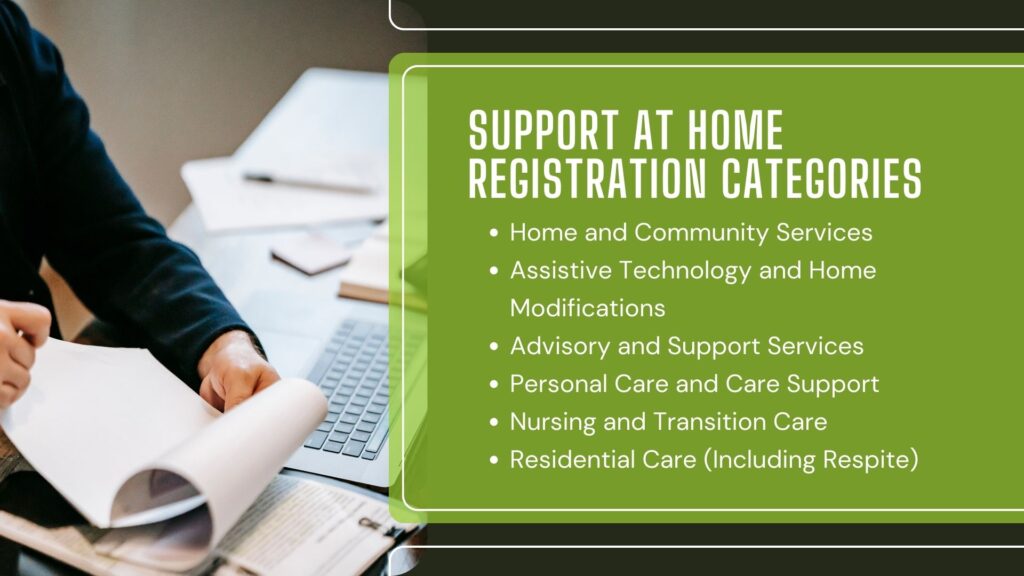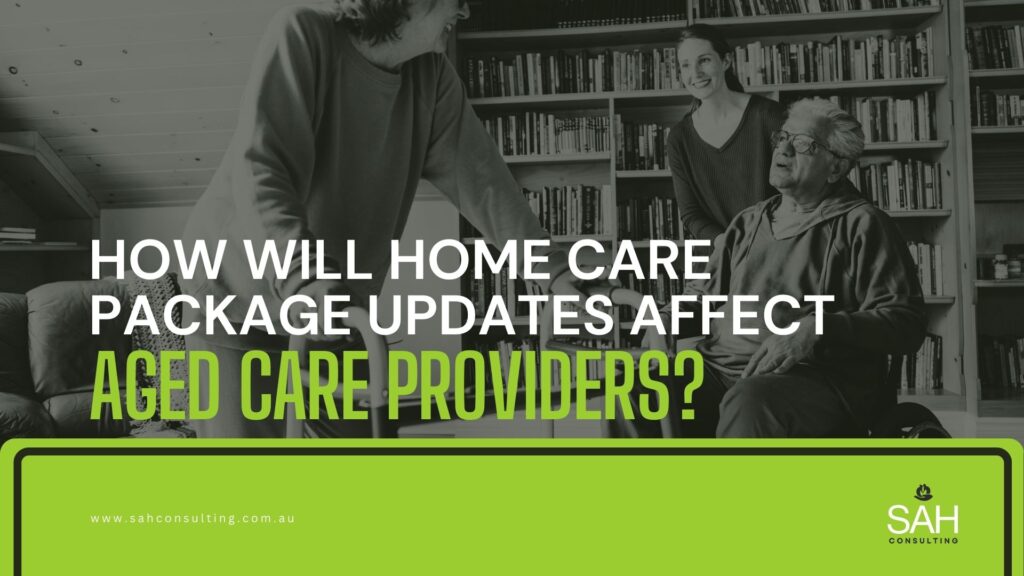The Australian aged care sector is undergoing significant reform. The government will introduce the Support at Home program to replace the Home Care Packages Program and the Short-Term Restorative Care Programme from 1 July 2025. The Commonwealth Home Support Programme (CHSP) will transition no earlier than 1 July 2027.
These changes to home care package 2025 aim to simplify access to in-home aged care, ensuring older Australians receive timely and tailored support. The new system will provide greater choice and control, making it easier for individuals to manage their care while improving service delivery. Aged care providers must prepare for these shifts to remain compliant and continue delivering quality care.
Key Features of the Support at Home Program
The Support at Home program 2025 introduces several key features to improve access and service quality in aged care.
Single Assessment System
A standardised assessment process will ensure individuals receive services based on their specific needs. This system aims to eliminate inconsistencies and provide fair access to government funded home care services.
Individualised Support Plans
Each participant will receive a personalised support plan outlining the services they qualify for. This approach promotes tailored care, ensuring older Australians get the right assistance at the right time.
Participant Contributions
The program will have a transparent fee structure set by the government. This ensures fairness in cost-sharing while maintaining affordability for those accessing care.
These changes aim to streamline service delivery, improve efficiency, and provide a more user-friendly experience for aged care recipients.
Impact on Aged Care Providers
The changes to the home care package 2025 will require aged care providers to adapt their operations, financial models, and compliance strategies. Transitioning to the Support at Home program means preparing for new requirements, adjusting service delivery, and ensuring financial sustainability.
Transition Requirements
By 1 July 2025, providers must comply with updated regulatory frameworks and complete the necessary registration processes. This includes:
- Understanding the New Compliance Standards – Providers must align with the revised quality and safety guidelines under the Support at Home program. These regulations will dictate service delivery expectations and accountability measures.
- Registering Under the New System – Aged care businesses must apply for registration under the updated provider categories. Failure to register could mean losing eligibility to offer government-funded care.
- Training Staff – Employees will need to understand the new assessment model and updated service delivery expectations to ensure a smooth transition.
Operational Adjustments
Providers must adapt to a different assessment and service model that prioritises individual needs. Key operational changes include:
- Implementing the Single Assessment System – The shift to a standardised assessment process means providers must collaborate with assessors to deliver the appropriate level of care.
- Adjusting Service Offerings – Providers may need to expand or modify their services to align with new care categories and meet changing client needs. For example, a provider offering home maintenance under the current system may need to expand into assistive technology or home modifications to stay competitive.
- Enhancing Technology and Record-Keeping – With increased transparency and accountability requirements, providers must update their client management systems to track individualised support plans and service delivery.
Financial Implications
The transition will also bring financial changes, requiring providers to reassess their funding structures and pricing strategies. Major considerations include:
- New Funding Arrangements – Providers will need to align with the government’s updated fee structures, which may differ from the previous Home Care Packages Program.
- Fair Pricing Compliance – Providers must ensure their pricing meets government standards while remaining financially viable. This may involve adjusting fees or restructuring service packages.
- Cash Flow Management – The timing and structure of government payments may change, affecting providers’ financial planning. Businesses will need to anticipate possible delays or modifications in funding disbursement.
These adjustments are crucial for aged care providers to remain compliant, financially stable, and competitive in the evolving aged care landscape.
Support at Home Registration Categories

Under the Support at Home program, aged care providers must register under one or more Support at Home registration categories based on the type of services they offer. The categories classify providers according to the level of care, complexity, and risk involved in service delivery.
To become a registered provider, an organisation or individual must apply and be approved by the Aged Care Quality and Safety Commission. Registration is granted for a set period, after which providers will need to renew their registration. Providers must also comply with specific obligations tied to their registration category, and additional conditions may be imposed by the Commission.
- Home and Community Services – Includes general support such as meal delivery, transport assistance, social support, and domestic help.
- Assistive Technology and Home Modifications – Covers mobility aids, home safety modifications, and adaptive technology to help individuals live safely and independently.
- Advisory and Support Services – Includes case management, counselling, and service coordination to help individuals navigate aged care options.
- Personal Care and Care Support – Encompasses bathing, dressing, mobility assistance, and in-home respite services for individuals needing daily care.
- Nursing and Transition Care – Provides clinical nursing, wound care, medication management, and short-term transitional support for those recovering from hospital stays.
- Residential Care (Including Respite) – Covers facility-based aged care services, including temporary respite care and permanent residential aged care.
Understanding these categories is essential for providers to register correctly, comply with regulations, and ensure they offer the appropriate services under the new program. Failing to register in the right category may result in service disruptions or regulatory penalties.
Challenges and Opportunities
The changes to home care package 2025 present several challenges for aged care providers. Navigating the new regulatory framework will require a thorough understanding of updated compliance standards and registration requirements. Providers must also invest in staff training to ensure teams are prepared for new assessment and service models. Managing the transition while maintaining quality care and operational efficiency will be a demanding process.
SAH Consulting helps aged care providers transition smoothly to the Support at Home program by assisting with provider registration, compliance requirements, and operational adjustments. Our team ensures businesses remain compliant while continuing to deliver high-quality care under the new framework.
Despite the challenges, the reforms offer opportunities for improved service delivery, better client outcomes, and the ability to expand into new care categories. Providers who adapt effectively can enhance their reputation, increase client satisfaction, and strengthen their position in the evolving aged care sector.
Conclusion
The Support at Home program will reshape aged care, requiring providers to adjust to new regulations, operational changes, and changes to the home care package 2025. Adapting to the new system is essential to ensure compliance and service continuity.
Stay ahead by reviewing your registration, staying informed, and seeking expert support. Need help navigating the transition? Contact SAH Consulting today and get ready for the future of aged care.
